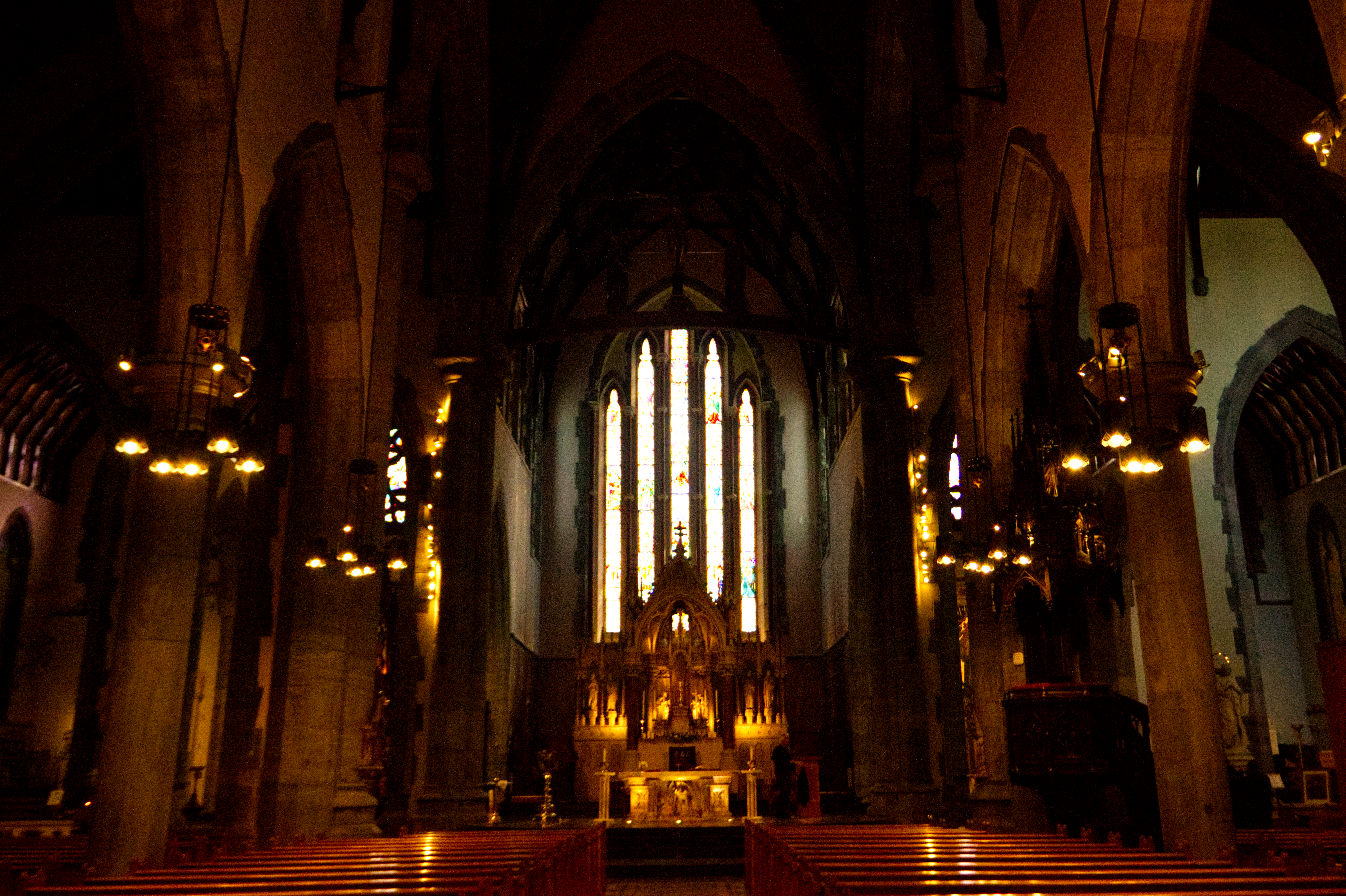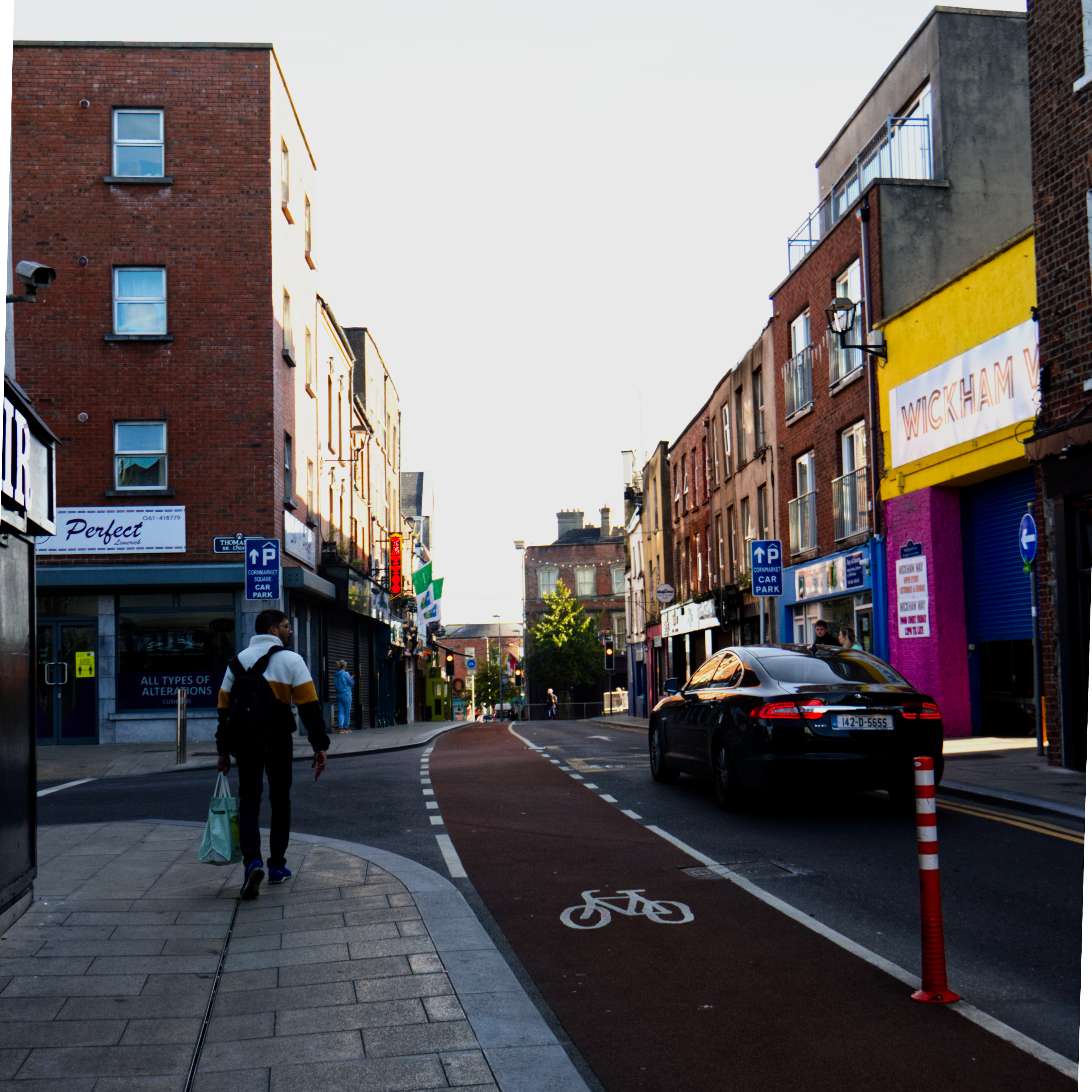1. Exploring and Prototyping Design
This project was presented in Week 9 of Semester 1 during my Masters in Interaction and Experience Design program. My team conducted a user-centered design approaching a problem statement we picked collectively. We demonstrated great collaboration and displayed great team rapport. We challenged our assumptions and embraced any kind of criticism with keen attention to detail.
For our project, we conducted our design-thinking process to articulate ideas, designs and suggestions. We were mentored by Cristiano Storni, who was also teaching us this module. We ensured we had constant check-ins throughout the process.
"Great team work. Could include some negative scenarios while coming up with use cases in the lo-fi prototype."
Project Information
My contributions
Phase 1
Team picked restobars as topic to explore problems revolving around it.Exploring areas of common interest
Study, Work Ex., Skillsets, Personal HobbiesPhase 2
The listed problems were categorized based on Customer Experience, Layout, Safety and Waste DisposalProblems revolving Target Area
Whiteboarding Session, Role Playing, Mind Mapping, GroupingPhase 3
Team interviewed a bartender and a fast food joint manager. An ethnographic observation took place at a restobar for 1 hour.Qualitative Research
Interviews, Ethnographic ObservationsPhase 4
Team boiled the research down to 3 common areas to solve followed with a brainstorming session to come up good solutions.Brainstorming
Research Analysis, Team Vote, Brainstorming solutionsPhase 5
Team conducted a competitve research to understand what solutions already exist in the market. A detailed analysis of how successful or fail of team's solutions was then performed.Competitve Research
Elimination Method, Bringing PerspectivesEXPLORATORY SKETCHES OF DESIGN IDEAS
Phase 6
Team spent time ideating on the solutions enlisted in the previous phase. The team performed a trial and error process of few ideas that they were keen on.Sketching Ideas
Sketching, Ideation, Drawing Scenarios, Trial and Error ProcessDOCUMENTATION OF LOW-FIDELITY PROTOTYPE
Phase 7
The goal kept in mind was to enhance the ease of ordering for both the customer and person taking the order.User Painpoints
Empathy, User-CentricPhase 8
Illustrating a real life scenario when and where the problem would occur. Team uses sketching method inspired from comics.Storyboard
Sketching, Ideation of Scenario, User-CentricPhase 9
Team maps down a flow chart on how the design solution would be implemented. For this, new technological support was discussed.How Design Works
User Flow, User Journey, Screen Interaction, Introducing Technological SupportPhase 10
Team narrowed down the step-by-step process of the user-centric design solution. This helped them seek clarity on how their design intervention would finally help solve their problem statement.Task Flow
Step-by-Step Process FlowPhase 11
Team came up with 8 mobile screens for the customer, and an NFC device for the resto-bar cash counter. This would ease out the problems faced while placing order.Lo-fi Prototype
Lo-fi, Demonstration of Paper Prototype, Screen interaction, NFC device2. Sound Story
This project was presented in Week 9 of Semester 1 during my Masters in Interaction and Experience Design program. The objective of the project was to create an effective sound story. It was an individual project.
For my project, I picked a simple routine task and tried to emphasise on every little aspect through some design-thinking process to articulate ideas. I was mentored by Dr. Mark T. Marshall, who was also teaching us this module.
"A nice, mellow story. Sound choices are excellent. I'm not completely convinced by the part where he zones out though - I think maybe the change in sound needed to be longer? Overall mix quality is good, although the background sounds (birds and music) are a bit too loud. Reasonable description of the process you followed to create it."
Project Information
My contributions
3. Photography Portfolio
This project was presented in Week 5 of Semester 1 during my Masters in Interaction and Experience Design program. It was an individual project.
The theme for this project was "Movement". I demonstrated various metaphores of movement through photography. I was mentored by Dr. Mark T. Marshall, who was also teaching us this module. We ensured we had constant check-ins throughout the process.
"Nice set of photos. Quite varied. I like the cathedral and lonely path photos the best. You've included some discussion of composition, but it's not always easy to see where the things you are talking about (such as leading lines) actually are in the photos. I find this a particular problem with the "Fruity Gesture" (great name by the way!) photo. Camera settings are generally good and I like that you clearly have a workflow for post-processing. Nice discussion of how the photos meet the theme. Not all about the obvious physical movement which is good."
Project Information
My contributions
4. Exploring Astrology Through Horoscopes Using Arduino
This project was presented in Week 8 of Semester 1 during my Masters in Interaction and Experience Design program. It was an individual project.
This project is a simple demonstration of how astrology, a very popularly known science used for extracting horoscopes and future telling can be implemented on an interactive device using Arduino. I was mentored by Dr. Nicholas Ward, who was also teaching us this module. We ensured we had constant check-ins throughout the process.
"Nice way to explore aspects of critical design. Interesting concept of how horoscope can be entertaining to many."
Project Information
My contributions
Phase 1
I picked a sensitive topic to explore critically.Exploring areas of interest
Inspirations, UXR Conference 2022Phase 2
I gathered electronic hardware like breadboard, arduino UNO, jumper wires, Grover LCD, potentiometer, colorful LEDS and some buttons. I also installed arduino IDE to get started with the code.Hardware & Software Prerequisites
Electronic Hardware, Arduino IDEPhase 3
A schematic circuit diagram was drawn onto a chart paper that shows clearly how different components are connected using an Arduino UNO.Schematic Diagram
Drawing, Understanding Electricity and Circuits5. Actor-Network Theory
This project was presented in Week 6 of Semester 1 during my Masters in Interaction and Experience Design program. It was an individual project.
In this project I had to express my understanding of "Actor Network Theory" by writing an essay with reference to a case study of my choice. My case study involved Singapore's cooling solution through "Distributed District Cooling System". I was mentored by Cristiano Storni, who was also teaching us this module.
"You need to work on referencing (e.g. how to properly reference works, which, maybe not here, but it is very important in your FYP)"
Project Information
My contributions
Actor Network Theory
Actor-Network theory or A.N.T. is an interesting approach to studying an unstable and diverse collection of human, non-human, and hybrid actors. Non-human actors include objects like technology and equipment. The theory concentrates on the interactions taking place between these actors. It can be used to explain the importance of mobile phones in society, for example. The main feature is to focus on the inanimate objects that affect social processes. All actors are, therefore, a source of action regardless of their human or non-human status.
Actor-Network theory doesn’t support the idea that technology impacts society as an external force but instead reinforces the idea that it is through the budding or evolution of social interests, technology emerged into what we see it as it is today. Innovations can shape social interactions in the future, provided they are catering to the interests of one or many social groups that may or may not share commonalities. The carry-on 88-key foldable piano, for instance, is clear evidence of an evolution in a certain musical instrument that caters to functionalities like compatibility, weight, and battery life to name a few.
A.N.T. considers the world is full of networks. These networks include humans, ideas, objects, and concepts, all of which are actors or network components. Understanding and mapping associations or relationships between these components is one of the key activities of A.N.T. It is through this that we can understand how networks originated in the first place, how a constellation of several sub-networks can group up to be one large universe of a network, and, how impacting one actor, who may be intentional (like humans and concepts involved), organic (like living matter) or mechanical (like machinery and equipment), can impact the entire network.
Cartography of Controversies is a practice of A.N.T. minus the need to practice a specific methodology. However, the need of the hour is that the complexities are made user-friendly with observation and description. One such cartography is to be achieved by mapping how the technology is solving a climate problem faced by a country located 137km from the equator- Singapore. The climate change problem is compounded by the Urban Heat Island Effect where the demand for air conditioners increases exponentially.
One climate solution that I am going to study is the implementation of the district cooling network that has been implemented in Marina Bay, Singapore, and now is looking to scale to other regions. The primary actors playing a key role in this story could be the technology, that is the industrial equipment that produces chill water supplied for commercial buildings, followed by the factors causing the Urban Heat Island Effect, the industrialists involved in the project, the government, the people who are facing the heat, and the commercialists in the targeted areas to name a few.
It is interesting to learn that climatologists cannot be the only ones who assess climate change as mentioned in the literature “Diving in Magma”. The other actors involved in the network of climate problems like tribal communities, national wildlife species, industrialists, and tycoons, are all equally responsible for global warming. Some are very influential than the rest because of power and we already know that all actors are not “born with equal opportunities”. So, is there some sort of bias that is covering the reality? What is it that we do not see? Whose voices do we not hear?





